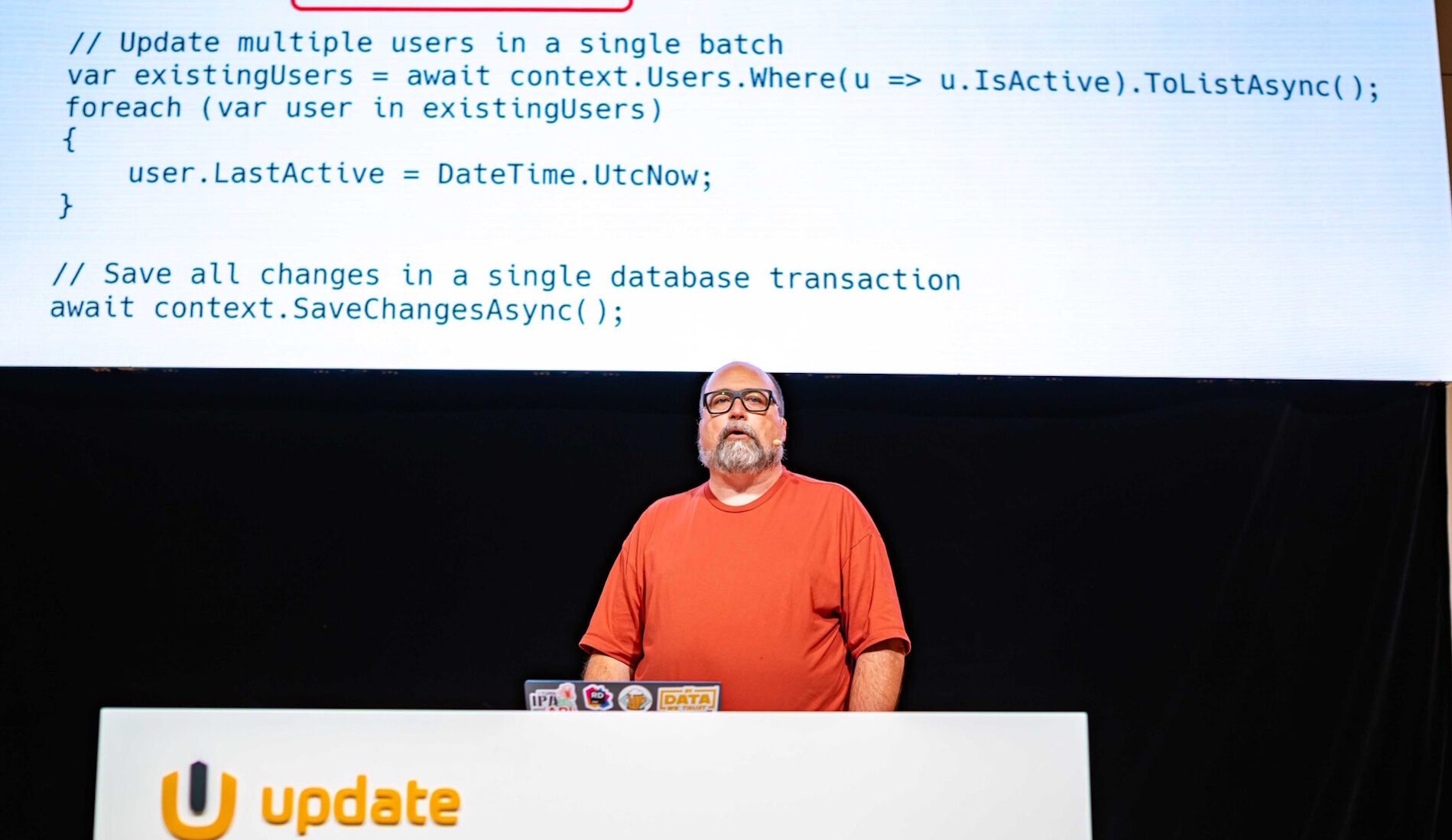Terraform + Azure DevOps: Automate Your Cloud Deployments the Smart Way
Manually deploying infrastructure is so last decade. If you’re still running terraform apply on your local machine, it’s time to step up your game with Azure DevOps Pipelines!


Manually deploying infrastructure is so last decade. If you’re still running terraform apply on your local machine, it’s time to step up your game with Azure DevOps Pipelines!

Terraform makes infrastructure automation easy, but if you’re not careful, it can also open the door to security risks—misconfigured permissions, exposed secrets, and unintended data leaks.
Let’s talk about how to secure your Terraform deployments so you don’t end up as the next cloud security horror story.

Terraform is an amazing tool for managing infrastructure, but without best practices, things can get messy—fast. Imagine a world where:
Terraform state files vanish into thin air.
Untracked changes wreck your deployments.
Infrastructure drifts into an unknown state.
Sounds like a nightmare, right?

Terraform isn’t just a fancy tool for spinning up VMs—it’s the backbone of modern cloud automation. Whether you’re managing multi-cloud environments, automating disaster recovery, or deploying Kubernetes clusters, Terraform has got you covered.
In this post, we’ll dive into practical use cases where Terraform truly shines, proving that Infrastructure as Code (IaC) isn’t just a buzzword—it’s a game-changer.

So, you’ve mastered Terraform basics, spun up some resources, and maybe even dabbled with modules. But what if I told you Terraform can do even more?
In this post, we’re going to explore Advanced Terraform Features that will make your infrastructure smarter, more dynamic, and easier to manage.

Ever feel like you’re copy-pasting the same Terraform code over and over again? Deploying resource groups, VMs, networks—all with slightly different names? Yeah, that’s a nightmare waiting to happen.
Luckily, Terraform modules exist to make our lives easier! Modules let you write infrastructure code once and reuse it across different projects, environments, or even teams.

Ever feel like half your development time goes to chasing down strange bugs in a colossal JavaScript stack that only a wizard could appreciate? You’re not alone. In the realm of web apps, we’re always trying to determine whether it’s better to handle everything on the server or shift as much as possible to the browser. This discussion isn’t just about technology—it’s about maintaining manageable code, keeping our sanity intact, and ensuring our users are happy. Enter the Simplicity-First philosophy, which reminds us that while fancy frameworks and cutting-edge libraries are appealing, they become useless if they overwhelm our code with excessive complexity.
Simplicity-First is the sidekick that shows up with a utility belt full of best practices: naming things well, writing readable functions, and structuring elements so that future you (or your teammates) don’t have to pull out their hair. Buckle up as we embark on a journey through the history of server-side vs. client-side, explore why understanding your domain is crucial, and discover how new tools like htmx or server-first frameworks might bring peace to the galaxy.

If you’ve ever hardcoded values in Terraform, I have some bad news… and some great news! The bad news? Hardcoding is a one-way ticket to frustration and messy code. The great news? Terraform variables and outputs can save your sanity by making your infrastructure code dynamic, reusable, and scalable.

If you’ve ever tried assembling IKEA furniture without looking at the instructions (we’ve all been there), you know how chaotic it can get. Terraform is no different—if you don’t follow the right workflow, you’ll end up with a cloud mess instead of a well-structured infrastructure.
Thankfully, Terraform has a straightforward workflow that helps you move from defining your infrastructure to deploying it seamlessly. In this post, we’ll break down the key steps of the Terraform workflow and how to use them like a pro!

Managing infrastructure can feel like herding cats—if you don’t keep track of what’s going on, chaos ensues. That’s where Terraform state comes in. It’s like the master ledger for your cloud empire, tracking every resource Terraform manages so you don’t lose your mind.